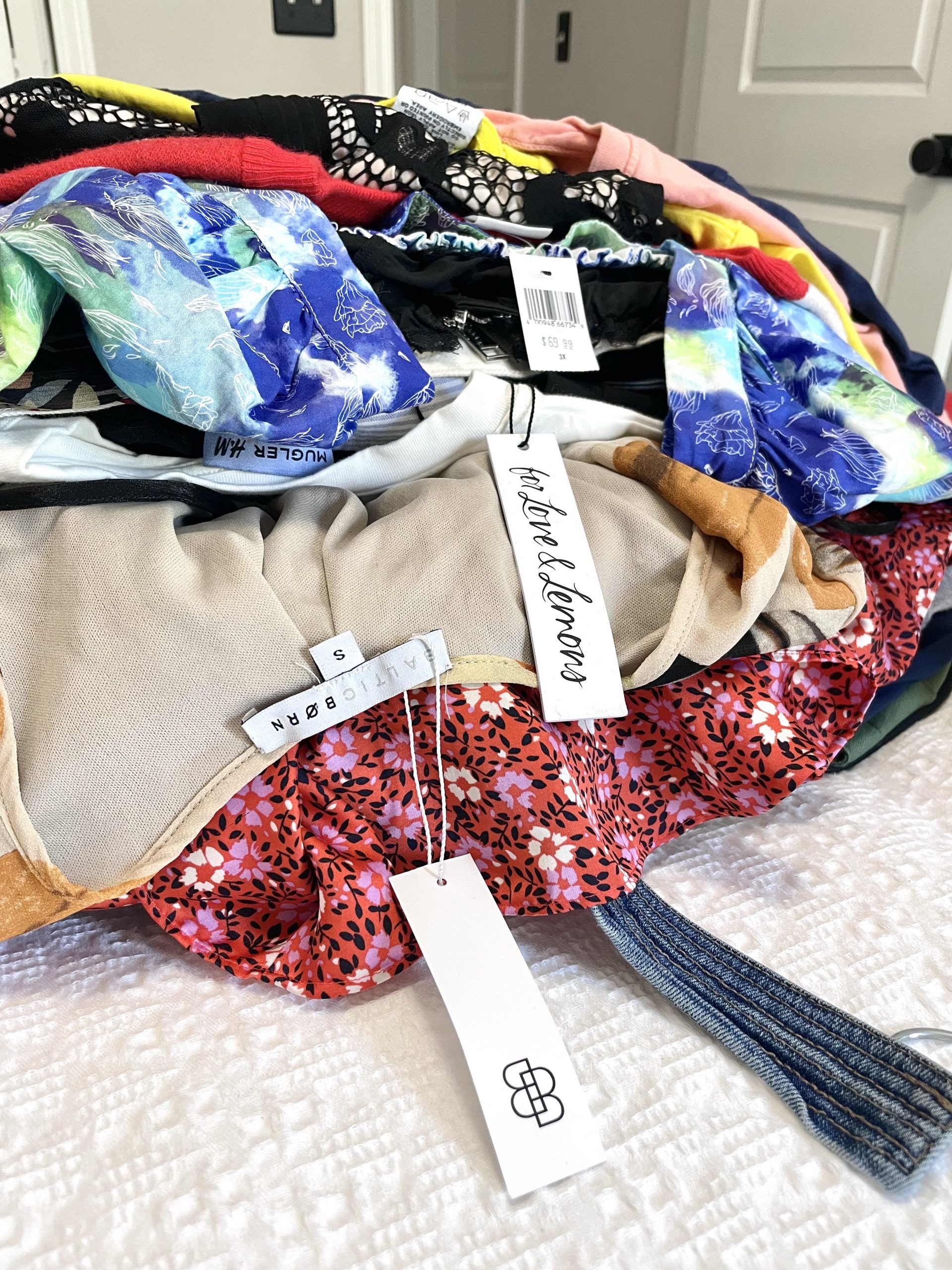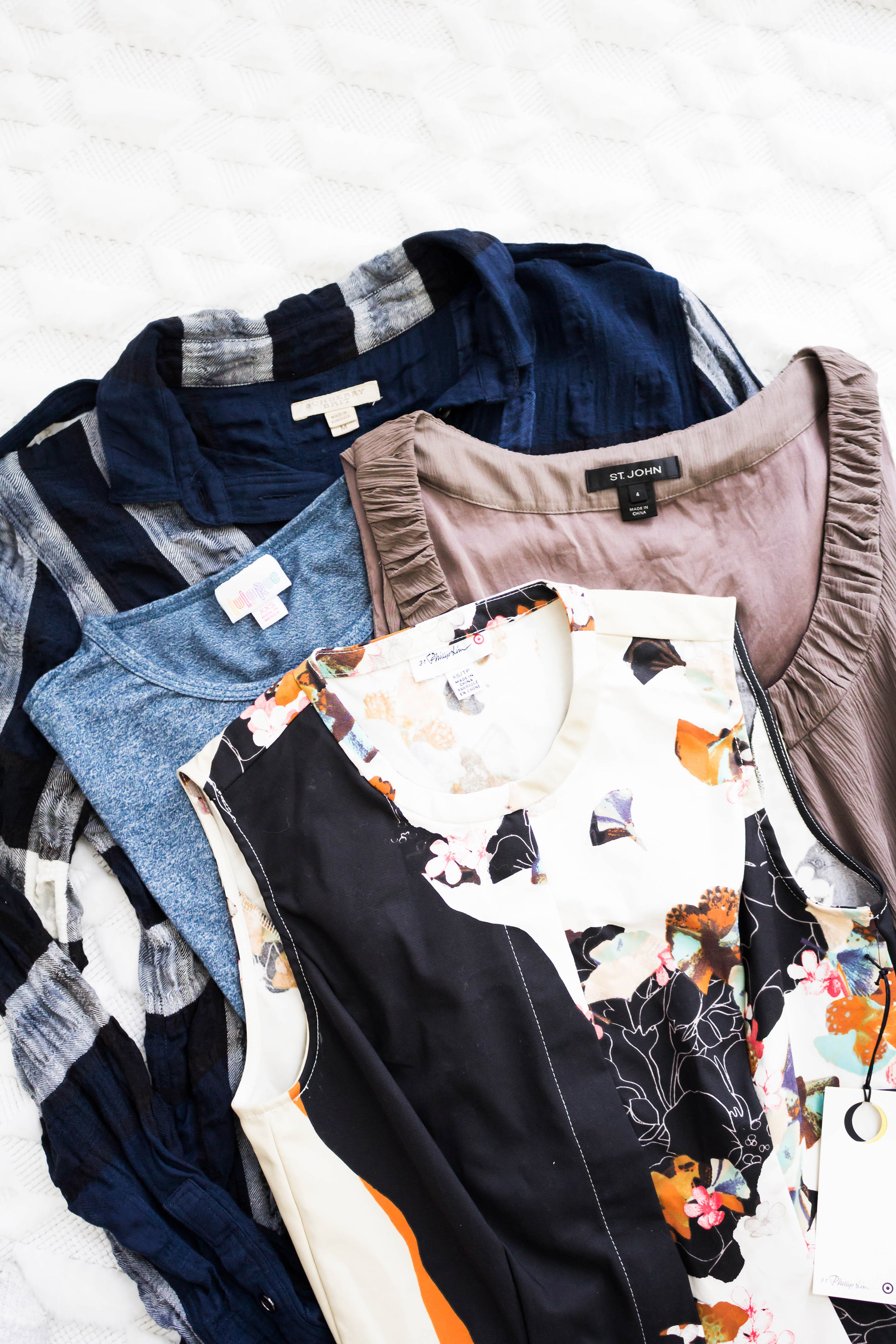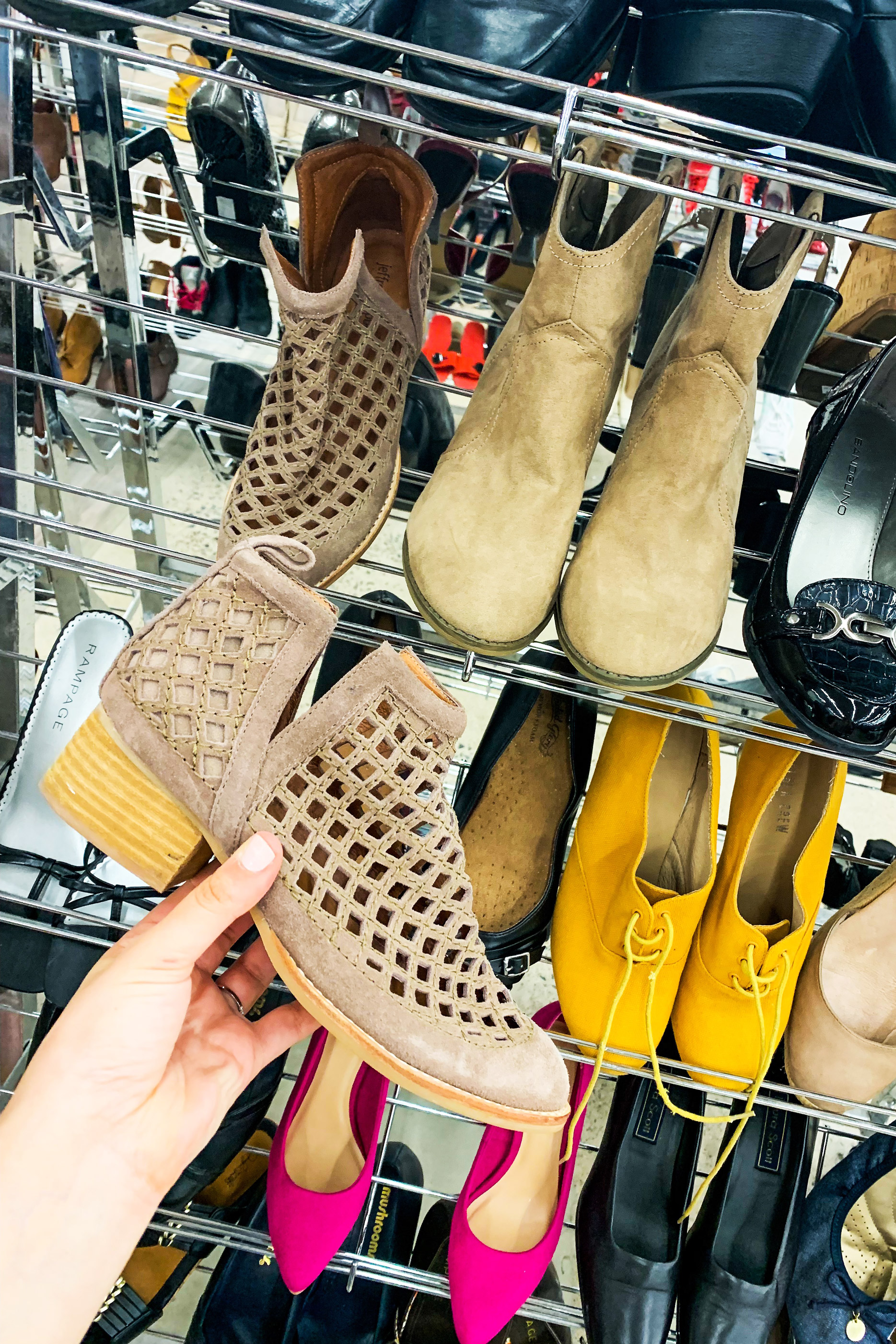
One of the most popular topics shared in the reselling community is the idea of BOLO/NOLO brands. Don’t get me wrong, I love learning about new brands on social media, but sometimes there can be a little too much emphasis placed on brands. This is especially true when it comes to sourcing. Today, I wanted to share with you my take on BOLO/NOLO brands and what I look for when sourcing for items for my reselling business.
Let’s Talk About The Problem With BOLO/NOLO Brands…
For those who are unfamiliar with the abbreviations: BOLO brands are brands that you should be on the lookout for when sourcing and NOLO brands are brands that you should be avoiding at the thrift store. You’re probably wondering where in the world did these BOLO/NOLO brands come from and the answer is reselling community on social media. This trend emerged a few years back when resellers started sharing what brands were and were not selling for them on social media. As a result, there have been an influx of resellers sharing their BOLO/NOLO brands online.
What is often overlooked when it comes to sharing these brands is that many resellers often fail to disclose the full picture as to why their items may or may not have sold. There are many factors that go into the complexities of why an item did or did not sell. It is not as simple as just saying, “Buy this brand” or “Don’t buy this brand” and you are guaranteed a sale. Successful reselling involves a multitude of variables that when put together correctly result in consistent sales.
One of the biggest struggles that I see within the reselling community, especially amongst newer resellers, is the idea that if I just do x, y, and z because another reseller said it, then I will have a successful reselling business. I can say from over 10 years of personal experience in the reselling world, it is not that simple. Successful reselling goes beyond what is shared on social media and requires figuring out what does or does not work for your business and customers; It takes some time and experimentation to figure that out and it is not as simple as social media likes to make it seem.
My Sourcing Checklist to Make Sales
When it comes to deciding what to source at the thrift store, I analyze many different variables in order to come to a decision. Here are some factors that I consider when sourcing for items and questions that I ask myself when sourcing:
BRANDS– Brands are a small part of the reselling equation and not the entire picture. Usually, I will ask myself, “Is this item from a know or desirable brand? Is this a brand that people are seeking out in the reselling market? Will items from this brand help me reach my ASP?”
STYLE- Style is a very important part of the reselling equation. Usually, I will ask myself, “Is this item a desirable style for either this season or the upcoming fashion cycle? Are customers actively looking for this item on both retail sites and resale platforms?”
MATERIAL- The material of an item can also be an important factor to consider when sourcing an item, especially when it comes to seasonality. Examples of materials that are popular seasonally are wool/alpaca/cashmere in the fall and winter months and linen and silk in the spring and summer months.Usually, I will ask myself, “Is this item made from a material that is desirable and that people would be willing to pay for based on material alone?”
COG & PROFIT MARGINS- The financial aspects of a reselling business also contribute heavily when it comes to sourcing decisions. Usually, I will ask myself, “Does the COG (cost of goods) allow me enough of a profit margin to make this item worth my time?”
TIME TO SELL- One factor that is often overlooked is approximately how long it will take for an item to sell. In a perfect world, I like to strive for items to sell within 90 days of listing them. Usually, I will ask myself, “How long will it take me to sell this item based on previous comps and seasonality?”
NECESSITY- Finally, I like to determine whether or not an item would be considered a necessity or not. Usually, I will ask myself, “Would people be buying this item based on it being a want or need?” (This is especially true when looking at wardrobe stables vs microtrends).
I hope that you find this post helpful! If you have any questions or just want to chat, please reach out!
If you don’t already, be sure to check out my Instagram for more Reselling Tips at @ RecycledRosesGuide (Click HERE) and my Facebook page HERE.
You can instantly shop all of my looks by following me on the LIKEtoKNOW.it shopping app HERE.
To get email notifications for my next blog post and to receive my monthly Reseller Recap (with freebies), sign up for my emails below:
Baci,



